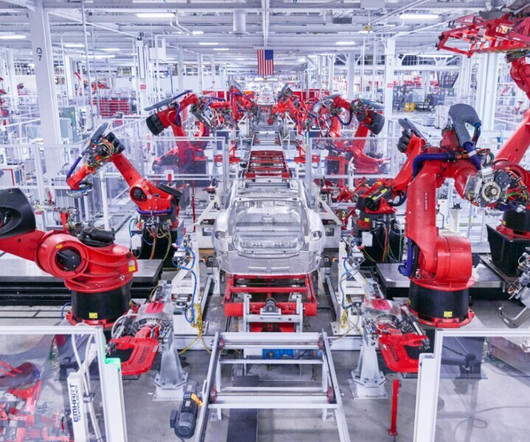Get Ready For These Six 2020 Business Intelligence Trends
Smart Data Collective
NOVEMBER 25, 2019
New technologies, especially those driven by artificial intelligence (or AI), are changing how businesses collect and extract usable insights from data. Here are the six trends you should be aware of that will reshape business intelligence in 2020 and throughout the new decade. New Avenues of Data Discovery.












Let's personalize your content